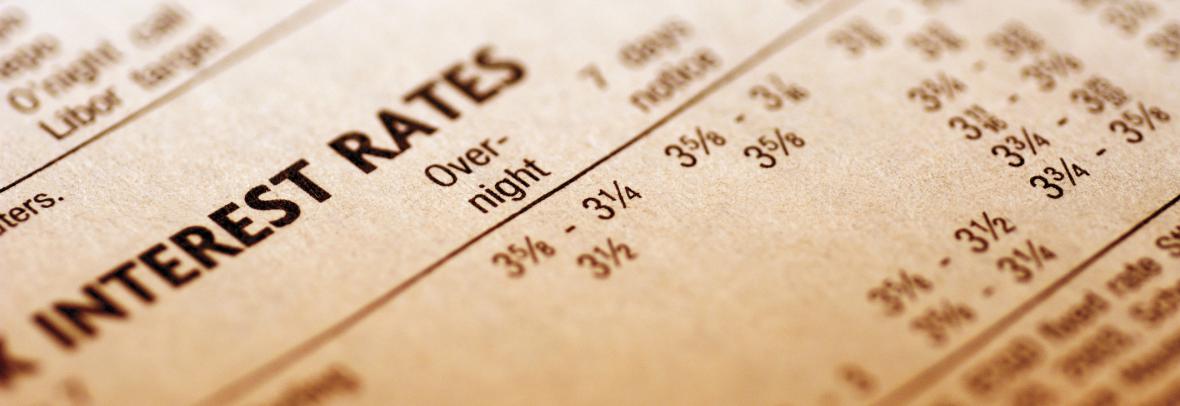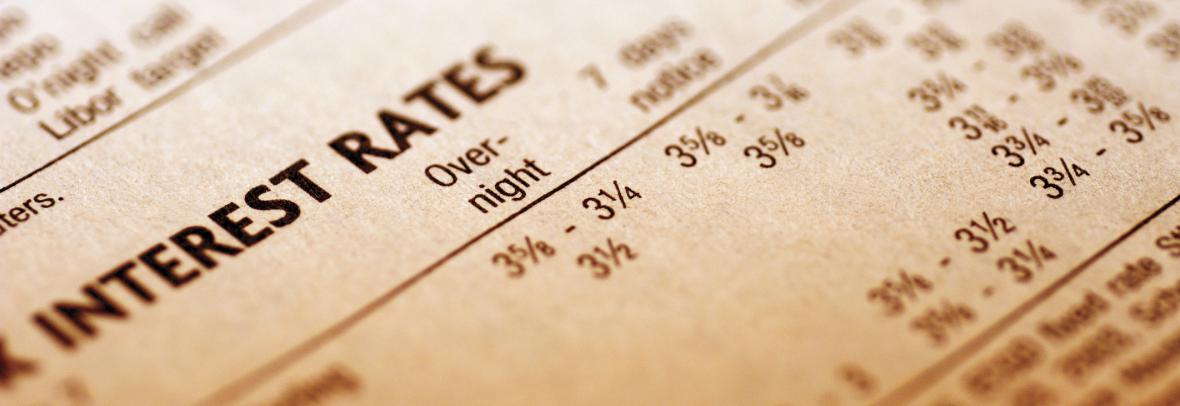
After five weeks of declines, the average 30-year, fixed-rate mortgage rate rose for the second week in a row. Last week it averaged 6.39%; a year ago, it was 5.1%.
LOS ANGELES – The average long-term U.S. mortgage rate rose this week for the second week in a row, another setback for homebuyers facing a housing market that remains unaffordable for many Americans after years of soaring home prices.
The average rate on the benchmark 30-year fixed-rate home loan edged up to 6.43% from 6.39% last week, mortgage buyer Freddie Mac said Thursday. A year ago, it averaged 5.10%. Higher rates can add hundreds of dollars a month in costs for homebuyers, on top of already high home prices.
The average rate on a 30-year mortgage fell for five straight weeks before rising last week. The average rate on 15-year fixed-rate mortgages, popular with those refinancing their homes, fell this week to 5.71% from 5.76% a week earlier.
Higher borrowing costs have taken a toll on the housing market over the past year. The spring homebuying season, traditionally the busiest period for home sales, is off to a lackluster start, partly due to the elevated borrowing costs.
Sales of previously occupied U.S. homes fell 2.4% from February to March to an annual rate of 4.44 million, according to the National Association of Realtors. The national median home price fell to $375,700 last month — down 0.9% from a year earlier and the biggest year-over-year drop since January 2012.
Despite the pullback in home prices, a near-historic low inventory of properties for sale is fueling bidding wars in many markets, especially for the most affordable homes.
Low mortgage rates helped juice the housing market for much of the past decade, easing the way for borrowers to finance ever-higher home prices. That trend began to reverse a little over a year ago, when the Federal Reserve started to hike its key short-term rate in a bid to slow the economy and cool the highest inflation in four decades.
Rates for 30-year mortgages usually track the moves in the 10-year Treasury yield, which lenders use as a guide to pricing loans. Investors’ expectations for future inflation, global demand for U.S. Treasurys and what the Fed does with interest rates can also influence rates on home loans.
The average rate on a 30-year mortgage reached a two-decade high of 7.08% last fall. This year, it has ranged between 6.09% in early February and 6.73% early last month.
All told, the Fed has raised its benchmark rate nine times in just over a year. At their meeting last month, Fed policymakers projected they will only hike rates again this year once more, in May.
Many economists also expect the Fed will pause its rate increases after next month, reflecting worries that the fallout from the collapse of two major banks in March could lead the banking industry to reduce lending, weakening the economy.
Copyright 2023 The Associated Press. All rights reserved. This material may not be published, broadcast, rewritten or redistributed without permission.
Go to Source
Author: marlam



